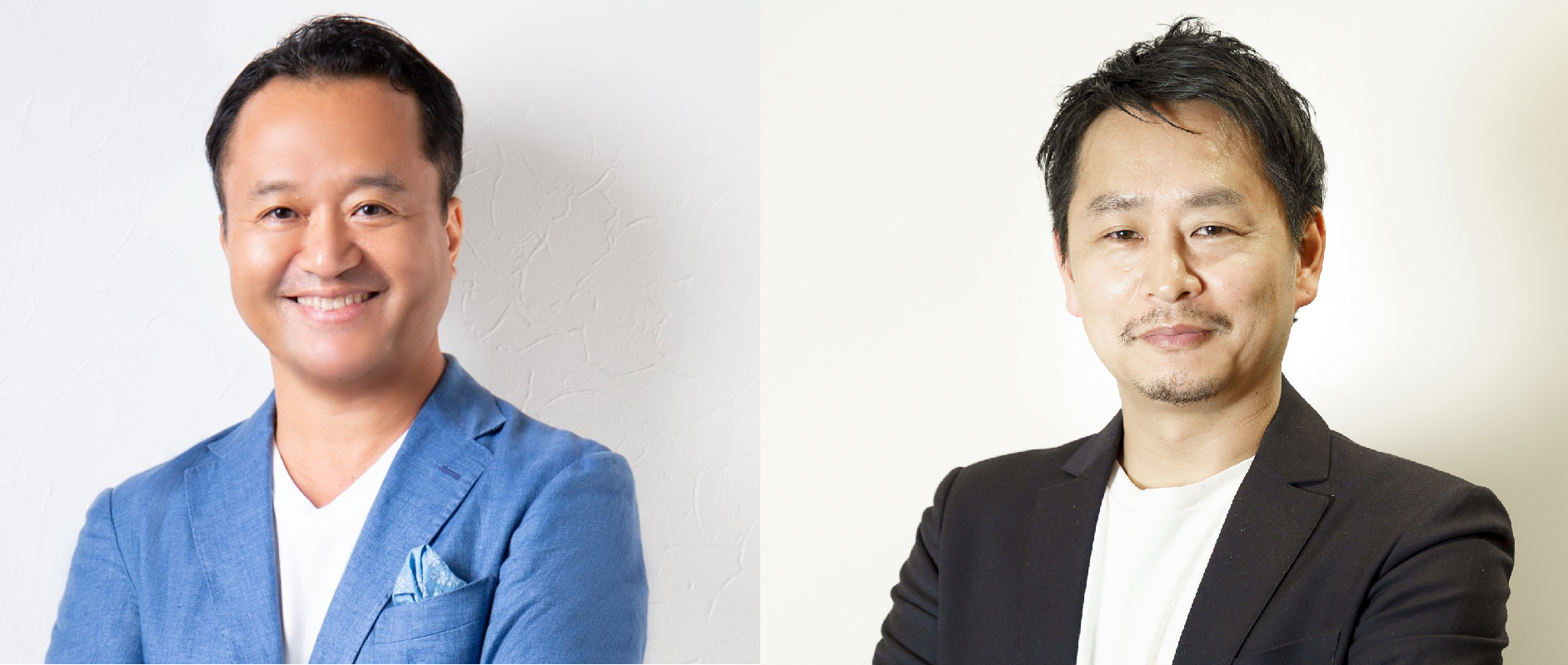(Series: Questing “Quality” in Education vol.3) CQO x CTO Talk: The Future of Education x Technology
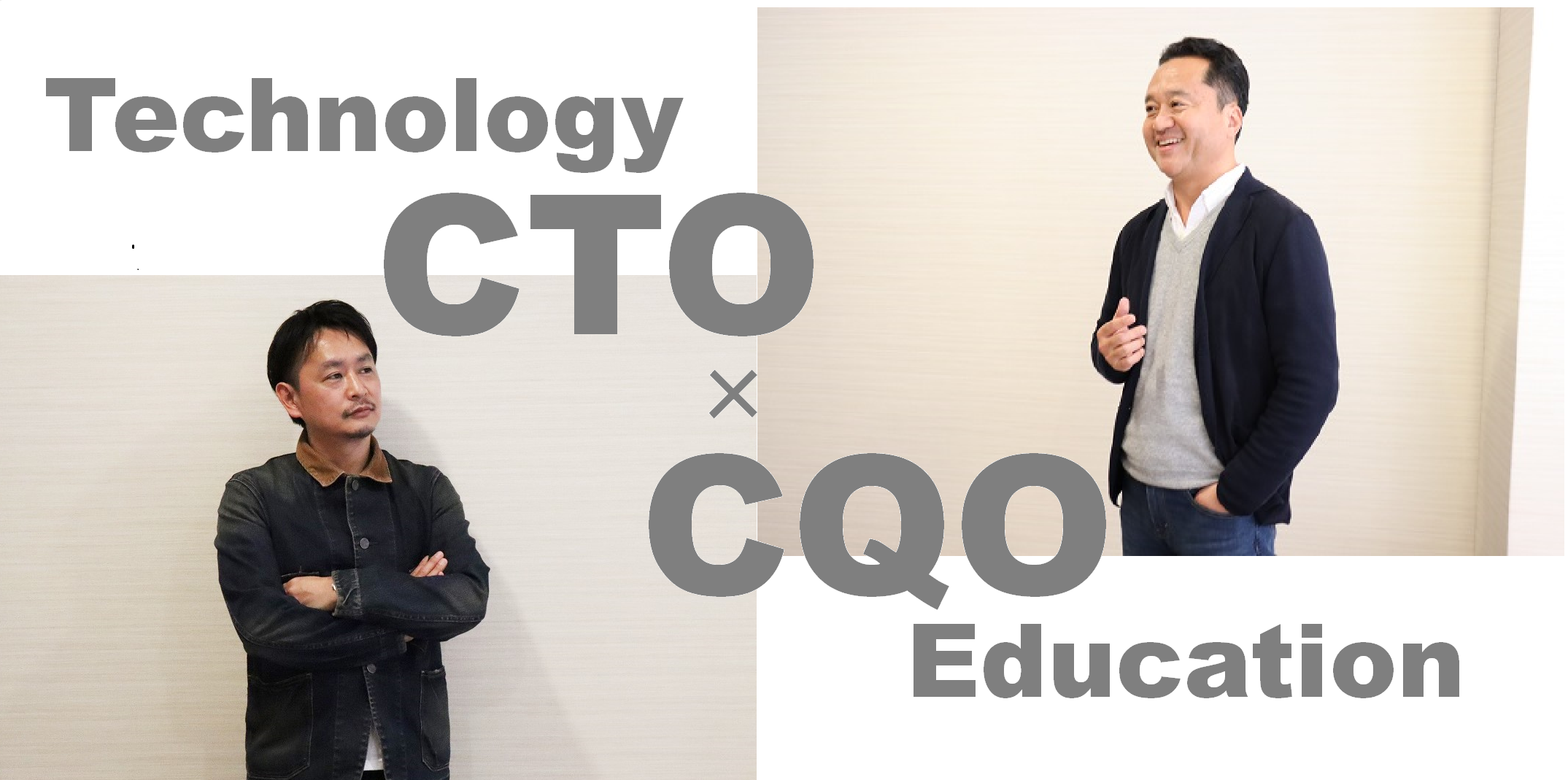
In the mid-2000s, the concept of “EdTech” began to spread from Education x Technology. In 2007, when it was still in its infancy, RareJob was born as a provider of “a new English conversation service using technology. At the time, it was more of a matching business, and the educational aspect was still in its infancy. However, the idea of combining English education with the advanced communication technology of the time was the very embodiment of EdTech.
Takeshi Shimomata, CQO, and Hirokazu Yamada, CTO, discuss the future of education x technology as envisioned by RareJob as an EdTech company.
The next step to maximize learning outcomes is a realization of individually optimized learning
CQO Shimomata
This is a natural change when it comes to improving learning outcomes, and one-on-one English lessons are now the norm.
So what is the future of one-on-one lessons? The key word is “Personalized Learning”.
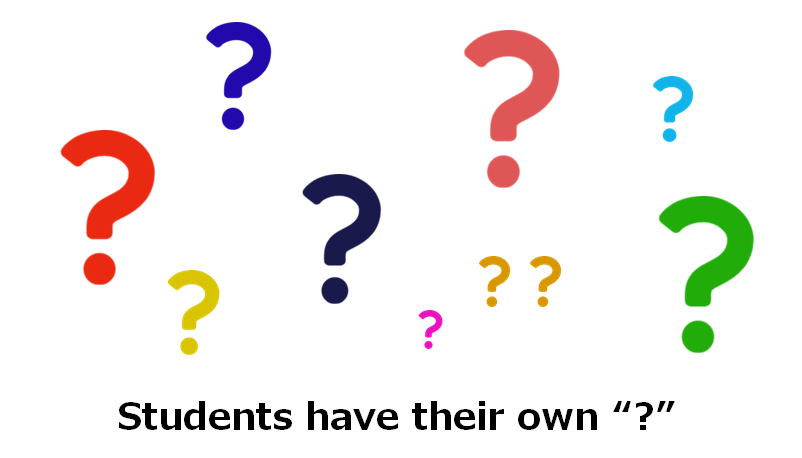
For example, there are teachers who are good at teaching, right? That’s because the instructor has a good grasp of the student’s level of understanding, weaknesses, learning status, etc., and changes the explanations and questions to suit each student. Even if the learning content is the same, the way of teaching and learning is different for each student. This is personalized learning.
However, the way to do this is very personal and cannot be easily verbalized. In addition, if the teaching method depends on the individual instructor, the “quality” of the education will be uneven. In addition, human resources are required, which increases the cost. Technology is necessary to solve these educational issues.
CTO Yamada
As the number of students increases, it becomes more difficult to grasp the situation on an individual basis, and it is even less feasible to optimize each instructor’s performance when the number of instructors is limited. Technology is also essential for optimizing the performance of instructors. I think the essence of EdTech will come into play, where technology will take on the role of things that cannot be achieved by human power alone.
For example, AI can collect and analyze data such as learning history and test results, and automatically recommend better learning methods based on the results. This is an innovation in the way we learn that is only possible with technology.
CQO Shimomata
That’s right. For example, if “Person A, whose weakness is listening” and “Person B, whose understanding of grammar is low” study the same textbook with the same curriculum, don’t you think there will be a difference in their results? In personalized learning, the question is not “What to learn? to “How to learn?
CTO Yamada
It is true that when we propose “How to learn?”, there should be quantitative data as evidence to support the proposal. Based on that, there is a proposal for learning based on educational knowledge, and when the students put it into practice, a highly satisfying UX (user experience, learning experience) is provided. It is only when education and technology are combined and fused that the ideal individualized optimized learning can be achieved.
CQO Shimomata
Technology is very effective in improving the “quality” of education.
On the other hand, I believe that as long as people are learning, the presence of people should not be lost.
When I was running a cram school in Malaysia, I tried using so-called e-learning. There was a wide variety of software available, but I just couldn’t keep up with it.
For example, I could do my best because the counselors would support me. Or, in a school setting, the sense of competition with classmates is another example of the power of motivation to learn. In online English conversation, there is a real instructor behind the screen. Feeling the value of the fun of dialogue is also a reason to continue learning.

CTO Yamada
I think it’s more like a division of labor. As Shimomata-san said, people should be responsible for the parts that require human intervention, and on the other hand, technology can be used for the parts that do not require human intervention. I think it is best to be able to choose the most appropriate method depending on what you are looking for.
Nowadays, there are many ways to learn using devices, such as using apps to study vocabulary or watching videos. There are many cases where it is more efficient to use such tools without spending time and money to learn from others.
In particular, RareJob’s main target is business people, so learning English = relearning. Unlike children who are learning English for the first time, there must be a need for efficient learning in a busy environment. I would like to utilize the strengths of both people and technology to provide a better learning experience and achieve better results.
Combining strengths to create value.
Always keep your eyes on the learner.
CTO Yamada
RareJob’s Technology Division has a vision of Technology for learners.
We don’t just use technology for the sake of using it. We want to be a group of engineers who answer the question “Why do we use technology for learners?
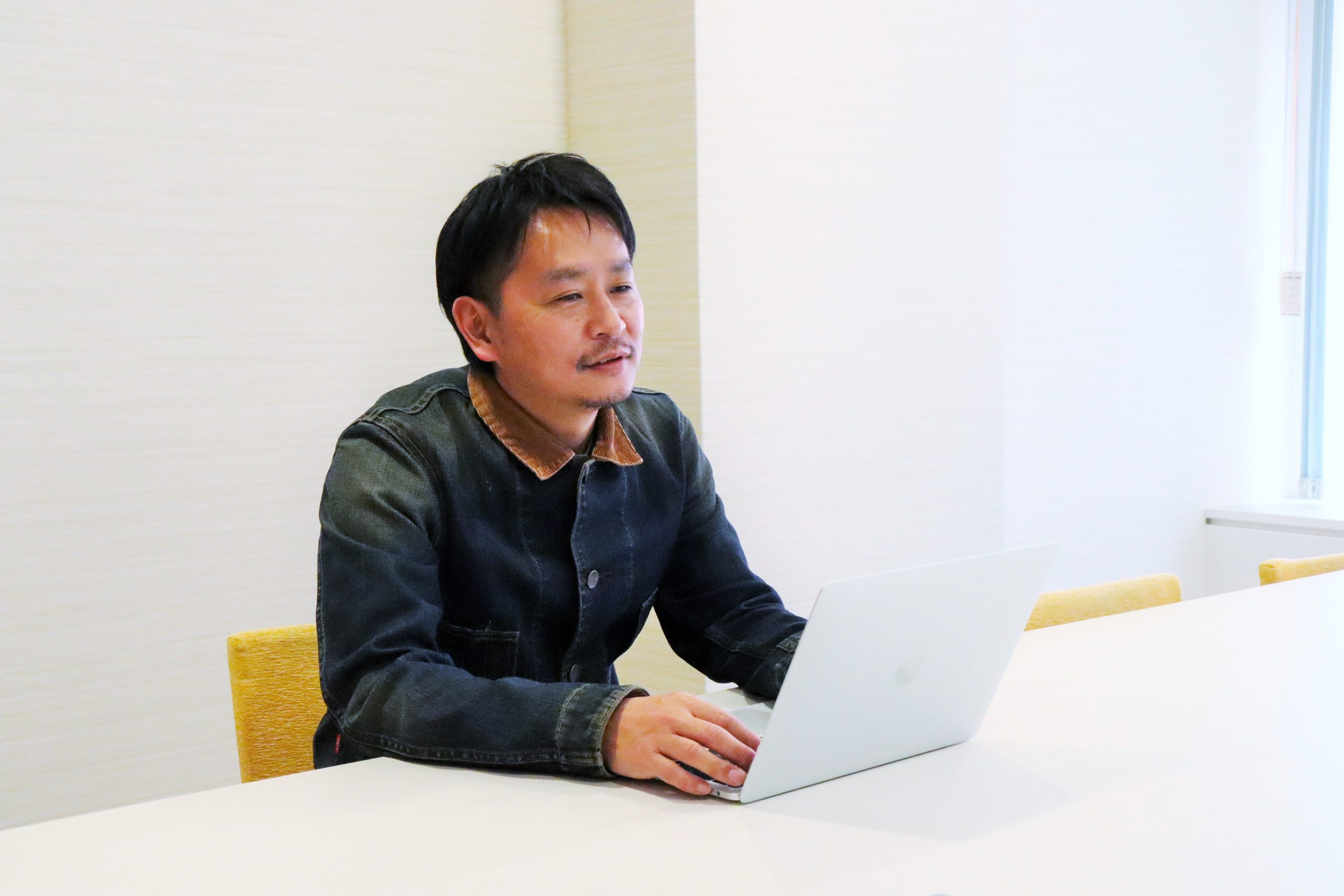
CQO Shimomata
It is true that online English conversation services use technology to connect with students in every aspect. In addition to the goal of improving the “quality” of education, being user-friendly in terms of service is directly related to improving the learning experience.
CTO Yamada
Yes, I think so. For example, the development of apps and the expansion of their functions is an effort to focus on the usage environment of students, who are increasingly using smartphones rather than PCs.
We will keep our eyes open for the needs and problems of our students and look for solutions through technology. I believe that it is important to be an organization that shares such thoughts and acts accordingly.
CQO Shimomata
From the perspective of education, RareJob’s goal is to maximize learning outcomes. We will never waver from this. We will utilize the strengths of technology to maximize learning outcomes beyond individualized learning. This is our future direction and the mission we will fulfill as CQO.
CTO Yamada
That’s where the potential of technology comes into play.
“Lesson Room,” which we developed in 2018, is a unique lesson taking system for RareJob using WebRTC technology. It was a move to improve UX by improving account management and lesson screens, as well as to collect and analyze audio data from lessons. We believe that this will contribute greatly to maximizing learning outcomes as it will lead to data-driven learning proposals.
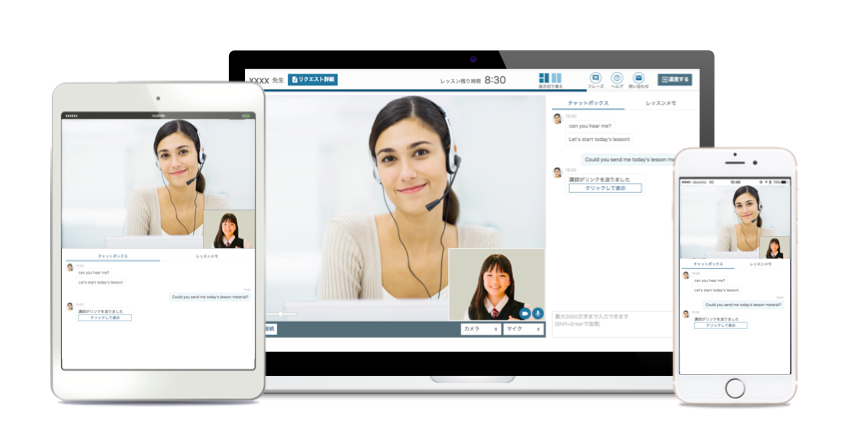
CQO Shimomata
On the education side, RareJob Philippines, a group company responsible for supplying lessons and hiring instructors, has set up a team to research leading examples of education x technology. The more I learned about developments in Europe, the U.S. and Asia, the more I became convinced of the potential for personalized learning using technology.
We would like to build a management system that collects and analyzes individual student data, provide a curriculum that is optimized for each student’s learning needs and goals based on this data, and propose lessons and preparation and review.
In order to make such proposals, we naturally need to clearly measure what level the students are at now, what they can do and what they can’t do.
The English speaking test “PROGOS,” released in June 2020, was also the first step in realizing individually optimized learning.
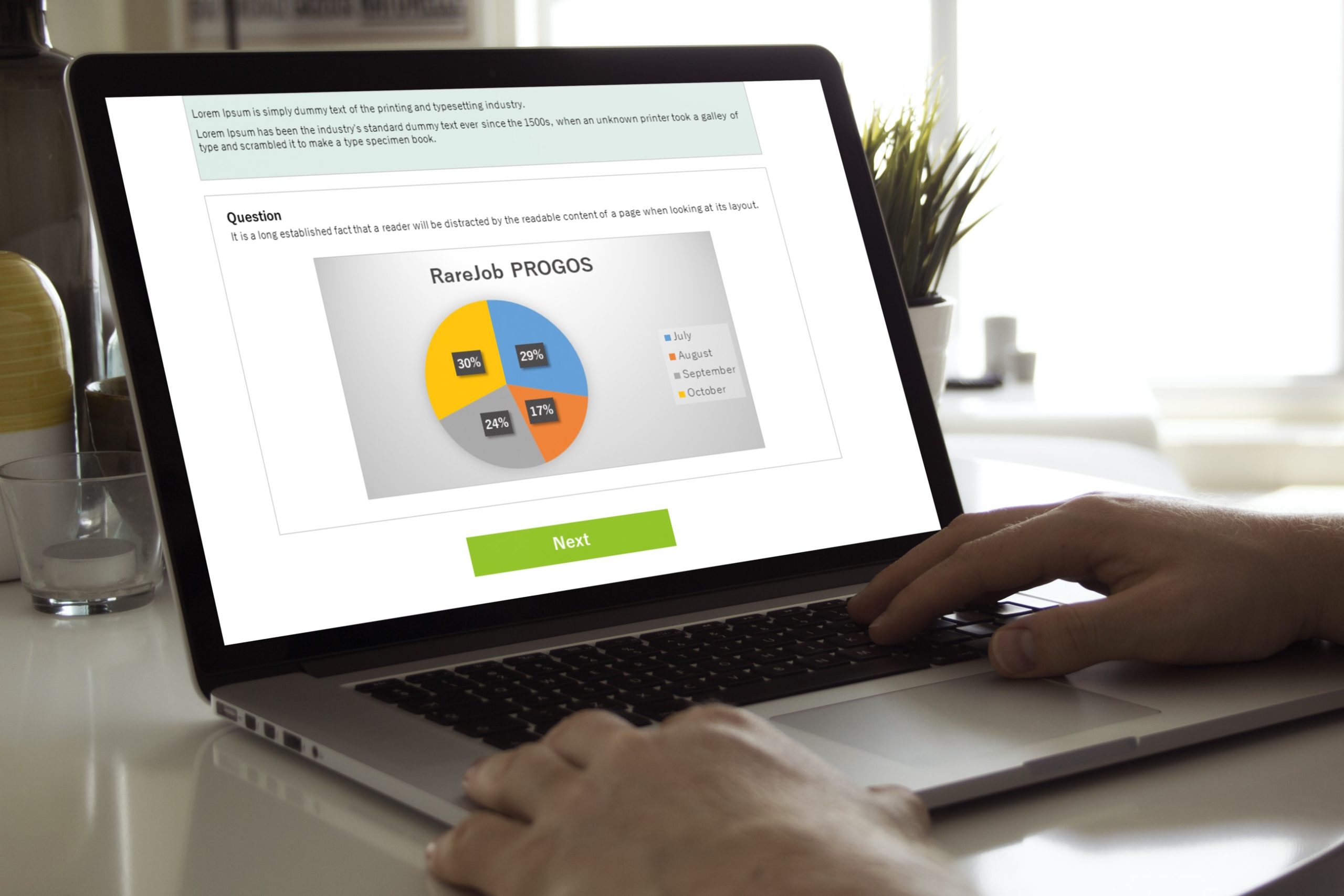
CTO Yamada
“PROGOS” is a product that puts automatic scoring by AI into practice. Because it is a test to measure English speaking ability, the members in charge of the development of PROGOS drew on both educational knowledge and technological development. They read research papers on English scoring criteria, interviewed outside experts in the field of speaking tests, and so on… They were busy learning and collaborating across domains.
CQO Shimomata
The realization of automatic grading is also very significant for improving learning outcomes. Immediately after taking a test, students are more motivated to learn and reflect. With the automatic grading of PROGOS, the results are returned within a few minutes after taking the test, so we can look back on the content of the questions and our own performance while we still remember what we did well or poorly. This is useful for supporting students to continue learning with high motivation.
CTO Yamada
By introducing AI, PROGOS is able to provide accurate and immediate feedback that leads to improvement at a low cost, which we believe will further increase the motivation of learners. In short, PROGOS is a great advantage in improving the quality of education, made possible by the power of technology.
It’s not just about technology or education. I would like to continue to aim to provide the value that is created when we combine and fuse our strengths.
*Positions and department names are as of March 2021.

